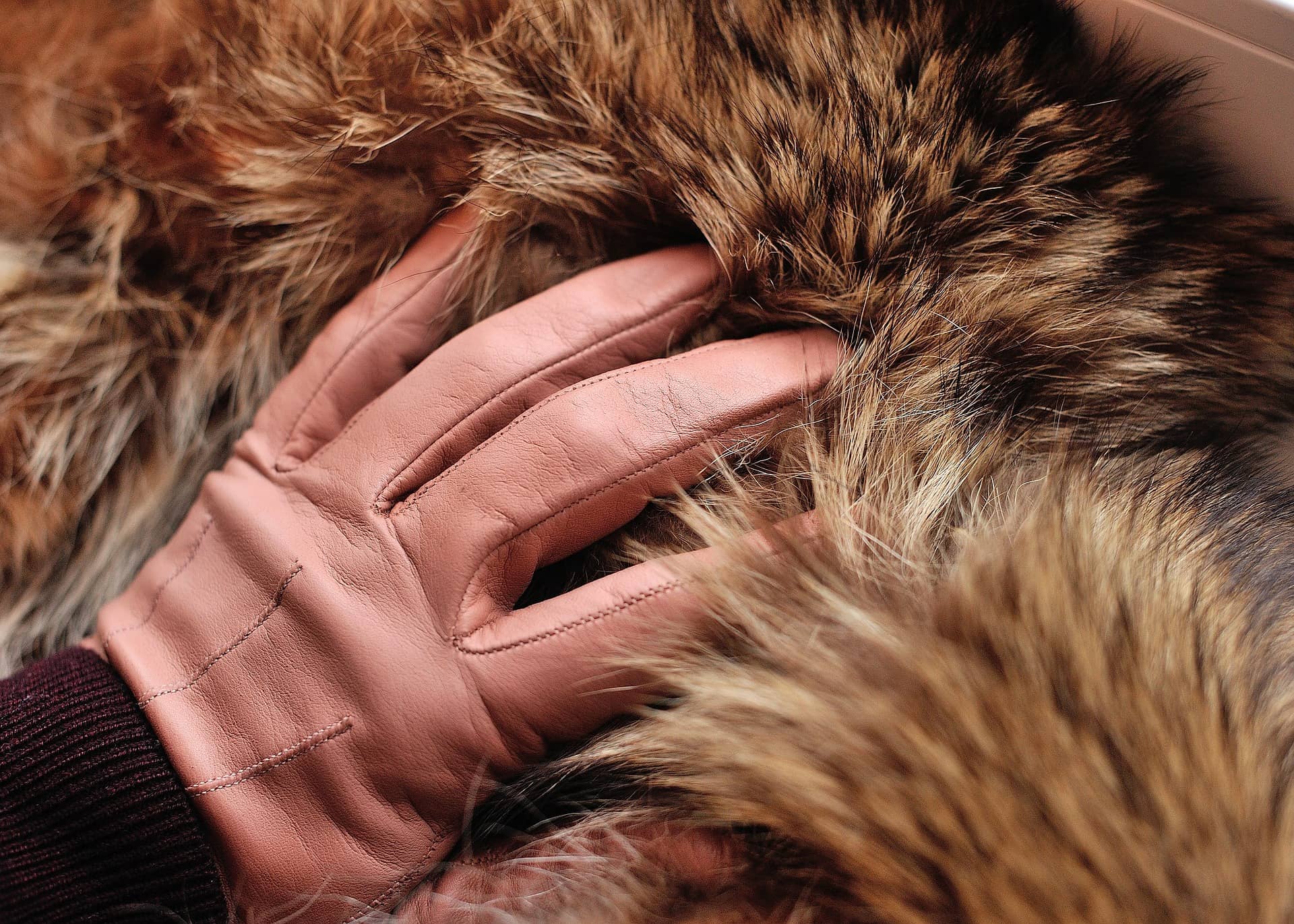In the heart of a farm in Quebec, the minks smell an air full of tension: they don't know that, thousands of kilometers away, two virologists are publishing research that could change the fate of millions of their peers. Wendy Barclay e Thomas Peacock have just confirmed to the world what was now becoming an open secret: fur companies, particularly mink farms, could be the next 'ticking time bomb' for a global pandemic.
The link between minks and pandemics
Minks are (apparently) solitary creatures that naturally live in coastal habitats and wetlands. Don't ask me how they became, paradoxically, the protagonists of a story about global health.
Indeed, yes: these animals, bred in often inadequate and overcrowded conditions, are at the center of a research that has shaken the scientific community. The study published in the prestigious journal PNAS, Proceedings of the National Academy of Sciences (I link it here) highlighted that the fur industry seriously increases the risk of disease outbreaks and future pandemics.
An environment conducive to pathogens
The conditions in which mink are kept on fur farms are very, very far from ideal. Imagine being confined in small wire cages, with no room to move.
But what makes mink so special (or should I say dangerous) in this context? Their biological composition makes them very susceptible to viral pathogens with “pandemic potential”. For example, they are particularly vulnerable to SARS-CoV-2, the virus responsible for COVID-19. But there's more: the speed with which viral variants evolve in non-human animals compared to humans further increases the risk. This, I repeat the words of the researchers, “is a potential time bomb”.

A world without furs, for the good of all
Remember the 1 H1N2009 flu? It emerged precisely because of scenarios similar to what we are seeing now with minks. And it's not just a theory: COVID-19 outbreaks linked to mink farms have been recorded in several countries including Denmark, Holland, United States, Italy and Sweden.
Growing awareness of the risks associated with the fur industry has led some countries and states to ban fur farms and activities. However, around 100 million animals are still farmed for their fur each year, the majority of which are mink. The question that arises spontaneously is: are we ready to put our health at risk for something that is no longer fashionable?

Greater bio-security, active surveillance and, above all, a profound reflection on our choices and our relationship with the animal world. You don't need great experts and virologists to understand that pandemic prevention is all here.


